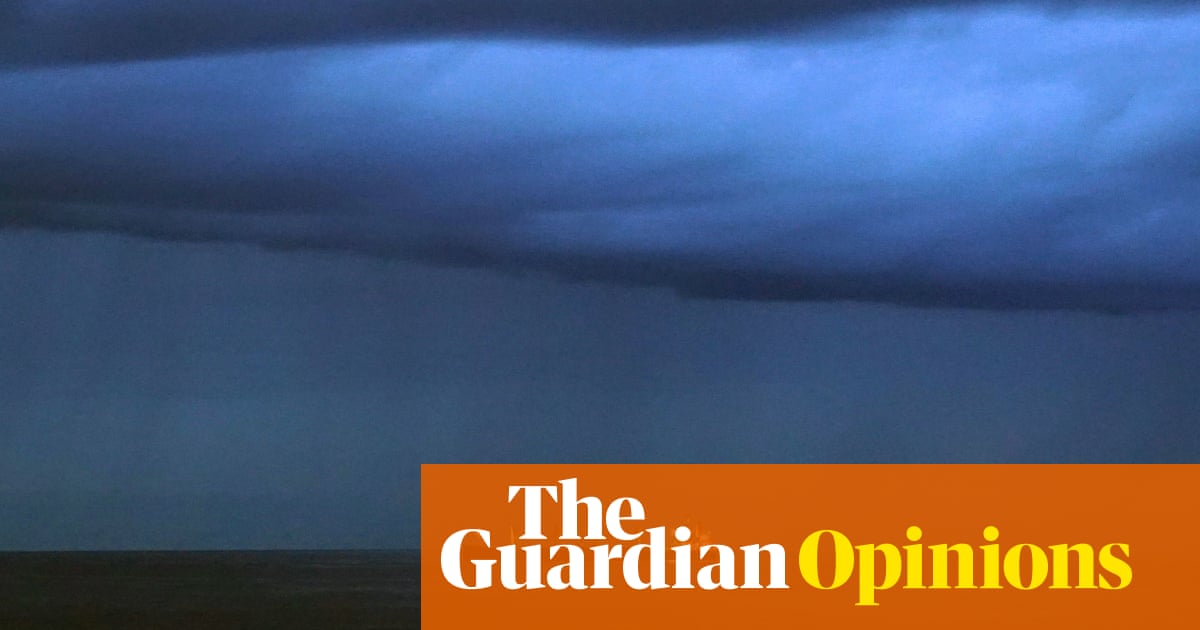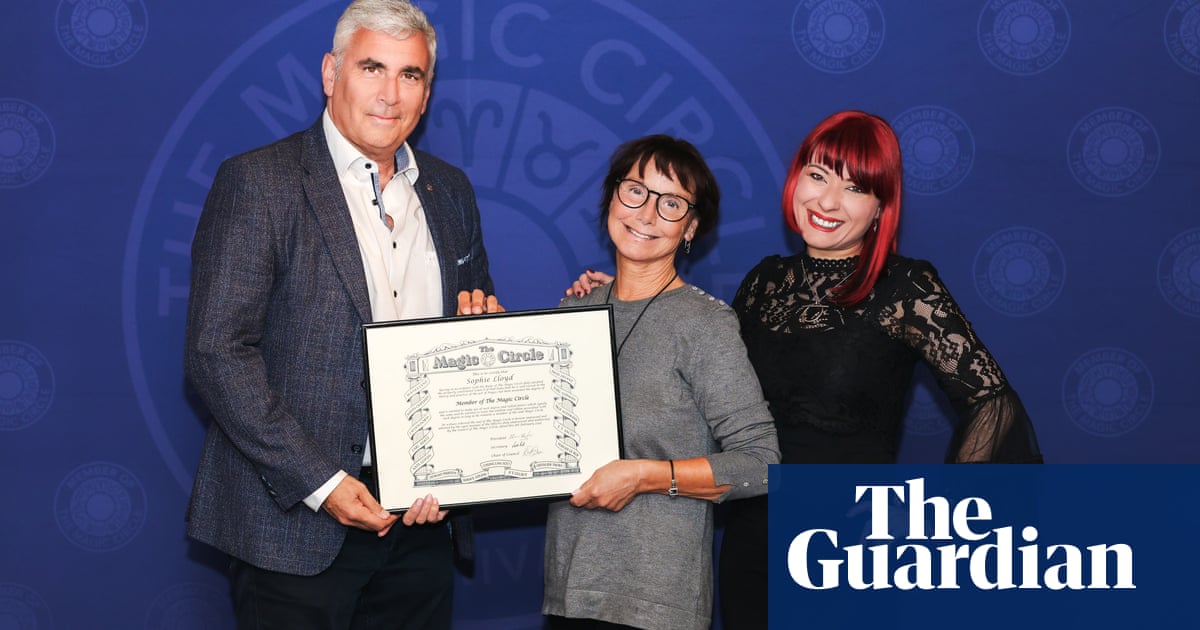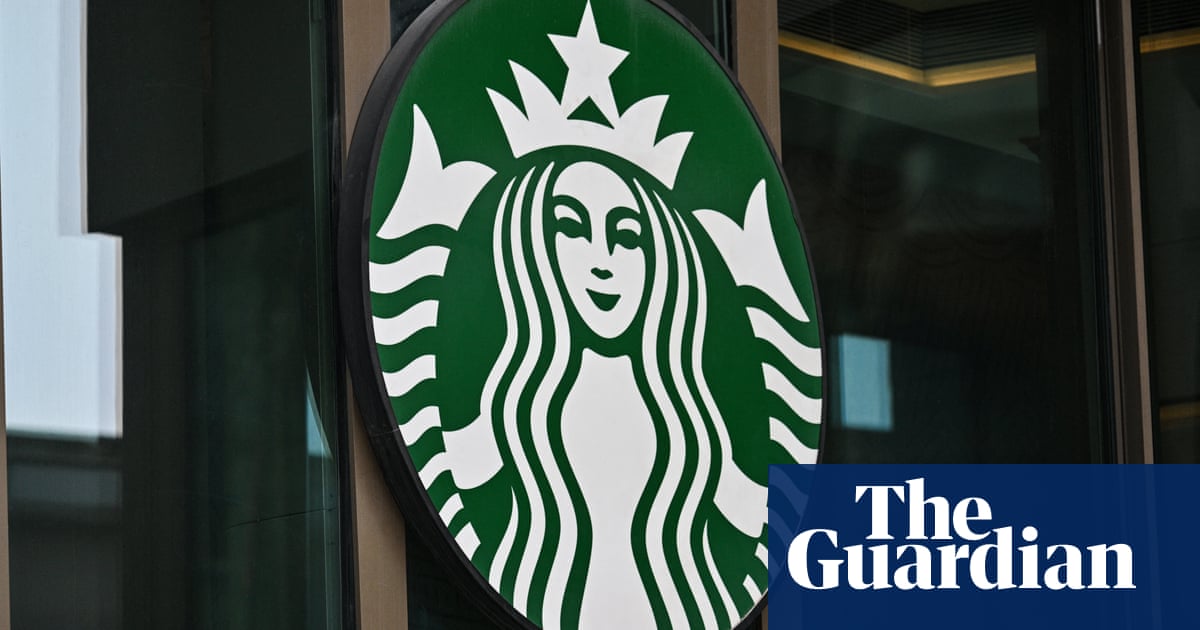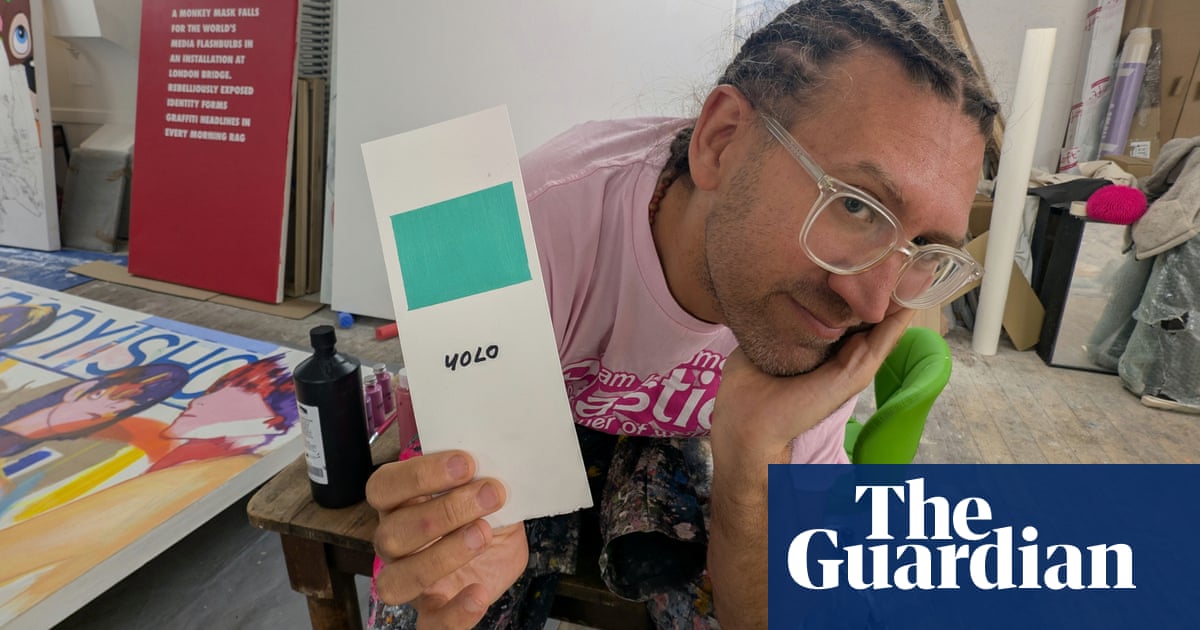Stephen Ma has every right to claim bragging rights for helping to hatch the world’s most popular online mapping platform. Instead, for the past two decades Ma, one of the four co-founders of Google Maps, has buried himself in a big black hole of anonymity. But not because of any shame or regret – it’s just that he isn’t one to blow his own trumpet.
“I tend to be a very private person,” Ma says in a rare interview. “I find the limelight uncomfortable.”
In the years since launching on 8 February 2005, Google Maps has wormed its way into our daily lives, becoming – like water or electricity – an essential service. It’s a pocket atlas, compass, restaurant guide, bus timetable and the go-to search and recommendation engine for all our geospatial queries.
Google Maps has become an online juggernaut boasting more than 2 billion monthly users worldwide that remains on a trajectory of relentless expansion in both scope and scale. It also powers countless third-party platforms like Airbnb, Uber, real estate portals and food delivery and e-commerce platforms that rely on Google Maps’ locational and navigational prowess.
The technology is now a key pillar of the Google/Alphabet technology complex, a company the author and philosopher Yuval Noah Harari describes as one of our “unfathomable, algorithmic overlords”.
Now, on the eve of Google Maps’ 20th anniversary, the 54-year-old Australian software engineer has had a change of heart. He wants to write himself back into the foundation story – as well as acknowledge others whose contributions have been overlooked or undersold.

Being recognised as a Google Maps founder still garners a lot of respect from the Stem community – particularly in Australia, where Google Maps was born. It might not make you a household name, but it can open doors.
Stephen Ma’s story begins in the New South Wales country town of Cooma, where his family ran a Chinese restaurant. For 20 years until the mid-1980s, the Dragon’s Gate was a fixture on Cooma’s main street, serving Cantonese-Australian favourites such as chicken chow mein and sweet and sour pork.
It provided a livelihood for the extended family and everyone pitched in. When he wasn’t attending school, Ma worked the till, taking payments, bookings and takeaway orders. In all other respects, however, he remembers it as a normal childhood – much of which was spent in front of screens.
“I did a lot of the stereotypical tech nerd things like playing video games and learning how to program on an Apple II computer,” he recalls.
By 1998, Ma had graduated from university and was working in Sydney when he landed a job in Silicon Valley, just as the dotcom boom was careering towards peak insanity. Then the bubble burst and by the early 2000s Ma, along with thousands of others in the tech sector, found themselves unemployed.
Returning to Sydney, he was contacted by a former colleague and fellow Australian called Noel Gordon who invited Ma to join him and two other unemployed software engineers – Danish brothers Jens and Lars Rasmussen – to work on a startup. Their big idea was to build a new type of mapping platform.
At that time, the undisputed market leader in online mapping was MapQuest, which had been acquired by the internet giant AOL in 1999 for the then staggering sum of $US1.1bn.
But MapQuest was clunky and lived halfway between the digital and analogue worlds: a user plotting a route had to print the turn-by-turn directions from their desktop or laptop computer. It was a digital dinosaur, completely unaware of the approaching cataclysm.
Calling themselves Where 2 Technologies, the four partners based themselves in the spare bedroom of Gordon’s apartment in the Sydney suburb of Hunters Hill and began building a Windows application program they dubbed Expedition.
A screenshot of the 2004 prototype Ma shows me has a familiar look and feel. There’s an address bar at the top and in the centre, a map of downtown San Francisco with a route following Interstate 80 over the Bay Bridge highlighted as a red line. Two location pins, in the form of an American-style letterbox on a pole, mark specific locations.
“I’m actually surprised how similar it looks to what Google Maps looks like today,” says Ma, inspecting the screenshot for the first time in many years.

This was the demo they presented to Sequoia Capital, the legendary Silicon Valley venture capital firm that has been bankrolling some of the biggest names in the startup world since the 1970s. The Where 2 crew was hoping to secure some seed funding and take the pressure off their dwindling personal savings and maxed-out credit cards.
But in March 2004, Yahoo Maps launched a new feature called SmartView, enabling users to conduct map-based searches for categories like restaurants and entertainment. Today, it’s a standard feature on all online maps; back then, it was groundbreaking enough to spook Sequoia into pulling the plug on the deal.
As a consolation prize, the Where 2 team was introduced to Google, one of Sequoia’s star clients. And not just anyone at Google: they got to present their demo to Larry Page, one of Google’s co-founders.
Page was impressed but had no interest in desktop software. “We really like the web,” he told the Rasmussen brothers – meaning Google was only interested if the map features worked in the web browser.
The Where 2 team scrambled together a web version of their program using a little-known set of web development techniques known by the acronym Ajax, short for Asynchronous JavaScript and XML, a web language. It meant an already loaded webpage could fetch new data – in other words, update itself – without needing to refresh the entire page.
Instead of loading a massive image of a map, the webpage would load multiple smaller map tiles and display them as required. It gave the sense of dynamic, frictionless motion you now experience on all online mapping platforms.
The demo was a hit. Google hired the Where 2 team and subsequently bought their intellectual property for an undisclosed price.
“Google was very good at picking up good teams at very low prices because there was no competition in the acquisition space at that time,” says Ma.
The Where 2 sale price has never been revealed, but there are clues in Google’s 2004 annual report: it disclosed that $US66m was outlaid in a combination of cash, future performance bonuses, shares and options for four small acquisitions, including Where 2. That would be have been split between multiple owners.
Since then, shares in Google’s holding company Alphabet have surged. Adjusting for stock splits, a share was worth about $US2 when the company floated in 2004. This week, shares are trading in the $US190 to $200 range.
On 7 June 2004, the Where 2 crew turned up for work as Google employees at the company’s Sydney office, which at that time only comprised six salespeople. Eight months later, Google Maps made its debut.
“It’s a great product and they did what they did very successfully,” says Prof Scott McQuire, a professor of media and communications at the University of Melbourne. “[But] Google Maps works on the basis of data extraction. It’s getting location information, so that’s very valuable data for all kinds of people who want to gather information about you.”
Ma says commercialisation and data mining were not on the radar when he was working on the maps. These emerged after he moved on to other projects in 2006. “I don’t think we were thinking about it too much about it at the time,” he says.
“The prevailing belief was that once you get the users on board, you could then figure out a strategy.”
He acknowledges the privacy concerns: the task of keeping companies honest and transparent is partly in the hands of the user and partly the responsibility of governments, he says. “The biggest issue is the fact that the technology landscape changes so quickly. It’s very hard for these regulatory mechanisms to keep up.”
It’s not just privacy that is raising red flags, however. There’s also an emerging anxiety about the effect overreliance on satellite navigation – and by inference, Google Maps – is having on brain function.
Recent scientific studies show that extended reliance on these drivers’ aides may be associated with a reduction in the hippocampus, the part of the brain dealing with spatial memory. This could be a factor in cognitive decline.
Ma acknowledges that there are potential dangers in the uptake of many new technologies, but believes we should be aware more than concerned. “I think as humans, we are very adaptable. But are we adapting it in a way that is overcoming the potential detriment? I don’t know.”

Ma is not the type of garrulous, big-vision character usually associated with the startup scene. He’s a bit unkempt, a bit traditional and not one for chit-chat. But he is proud of the role he played in getting Google Maps off the ground.
“There are ways to feel rewarded. It could be monetary, it could be recognition,” he says. “But knowing that so many people are using something that I helped build, that’s probably the most satisfying part of it.”
In terms of who gets the credit, Ma says while there were originally four people behind Where 2, most of the kudos should go to Jens and Lars Rasmussen: it was their idea in the first place.
But there are others whose contributions have been overlooked. In particular, he cites Bret Taylor, James Norris, Andrew Kirmse, and Seth LaForge, whose names were also included on the original Google Maps patent. If there are any arguments about Google Maps’ origin story, Ma says this list should settle the dispute.
“I think it’s important because quite often the perception is that one or two people are responsible for the majority of the work, whereas almost always it’s going to be a team.”
Noel Gordon, Ma’s Google Maps co-founder, describes Ma as a “rockstar software engineer” who can write beautiful code with “no fat on it”.
“Stephen is one of those people who gets straight to the point that needs to be solved, really quickly. He’s just one of a kind.”
These days, Ma is working with a partner in a venture called Reggie Health. It uses AI to automate administrative tasks for healthcare providers and anyone else who needs to juggle appointments, manage patients and send reminders.
Since leaving Google 14 years ago, Ma has only ever worked in startups: up to this point, none has been successful. But that doesn’t deter him. He’s someone who gets a thrill from tackling problems and finding solutions.

.png) 2 months ago
41
2 months ago
41













































